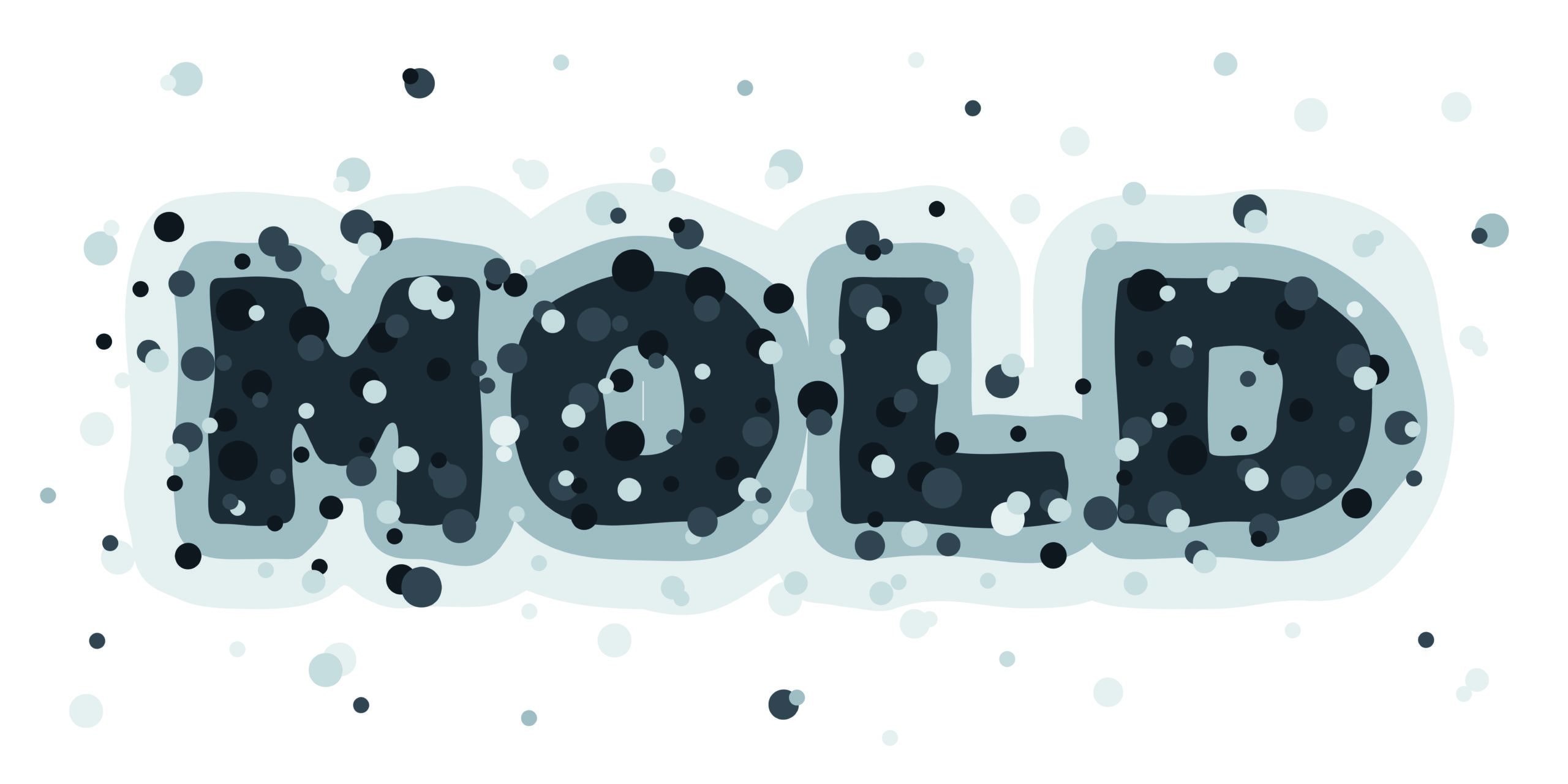Have you recently noticed a white, stringy substance around your toilet bowl rim or inside your flush tank? If you are nodding your head in agreement, then you, my friend, might have a mold problem! White mold is vile, and it might also cause health effects. Knowing the causes of the infestation and ways to fix the damage can protect you and your home from the ill effects of these microbes.
White mold is a term used to refer to many species of mold that appear white and grow in damp and dark places, including the toilet bowl and flush tanks. The most common mold species in toilets and bathrooms include Aspergillus, Cladosporium, and Penicillium.
In this post, we will discuss the types, possible causes, and ways to fix the white fungus problem in your bathroom. So, let’s get going, shall we?
What is White Toilet Mold?
White mold is visible mold growth that appears like a thin layer of silk on surfaces like your toilet bowl and inside your flush tank. The filaments that make up the mold (called hyphae) are white and grow rapidly in damp and dark places with plenty of organic matter.
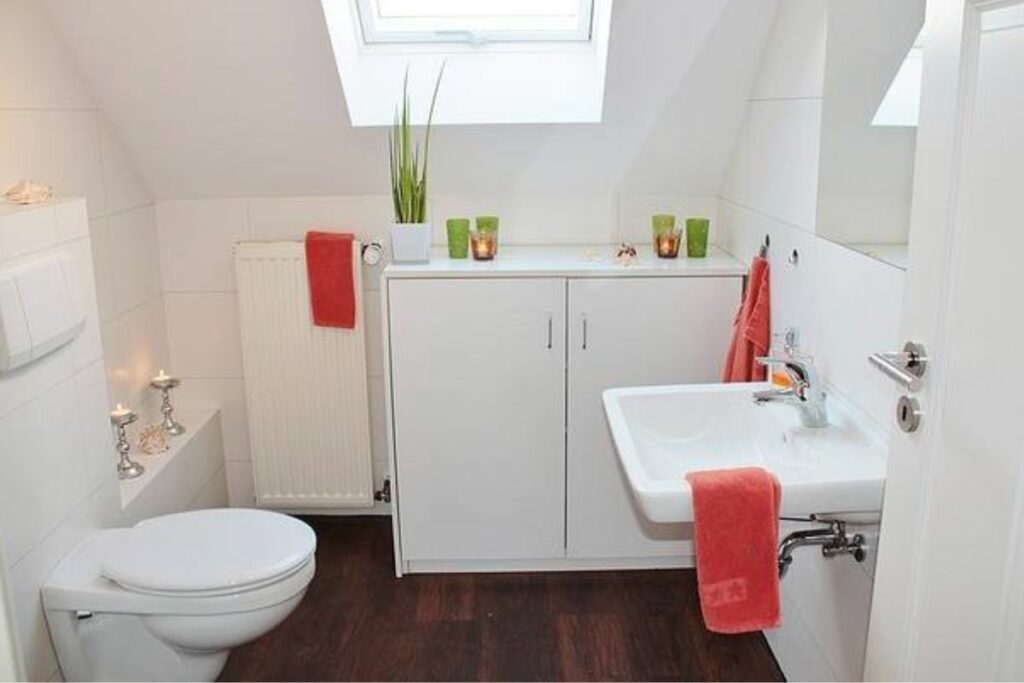
As your toilet bowl has a lot of organic matter (gross, I know!), it is an ideal place for the mold to thrive. Mold can grow outside the toilet bowl, inside the flush tank, and under the toilet seat.
Mold starts as airborne microscopic particles called spores. While mold spores are a part of our natural ecosystem, they germinate and form visible mold growth once they find a conducive environment. A dirty toilet seat that has not been cleaned for a while can be a great place for these mold spores to settle and germinate.
What are the Different Types of White Mold Found in Toilets?
Any specific species of fungus do not cause white mold. Several fungal species can germinate in and around your toilet to form a white moldy outgrowth. Some of the most common fungal species that can create visible growth in your bathroom include-
- Aspergillus
- Penicillium
- Cladosporium
While Stachybotrys chartarum, also called Black Mold, can grow in your toilet, the chance of that happening is quite slim.
You should also remember that as the fungal colonies grow, they can change their color, shape, and size; so, while initially, the mold colony might appear white, it can change to pink, green, or yellow as it continues to grow.
According to the experts, determining what mold is in your toilet is not worth the time or money. Rather than waiting to know the species of mold, you should try to eliminate it as soon as you spot the growth. The longer you wait to fix the mold problem, the higher the chances of mold spreading to unaffected parts of your bathroom.
What Causes White Mold to Grow in Your Toilet?
Toilet tanks and bowls provide ideal conditions for mold to grow, especially if they are left unclean, causing grime and residue to build up. It is also common to see white mold growth in your toilet if you have not used it for a few days. Leaky plumbing can also cause mold to grow around the bathroom.
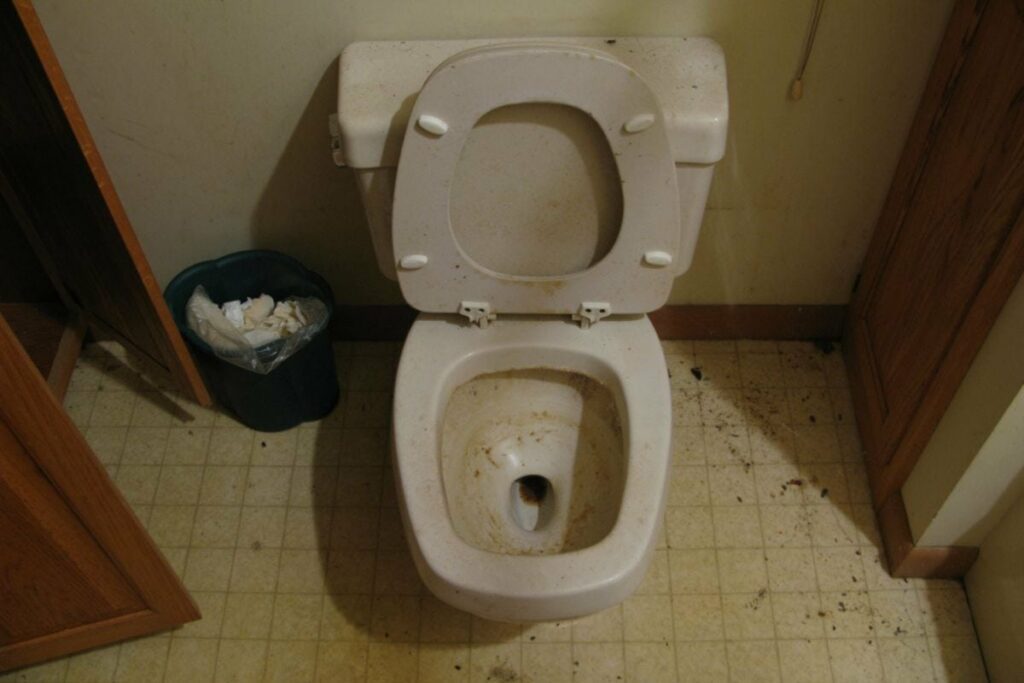
Here are some of the reasons why mold is growing in your toilet bowl-
- If your toilet bowl is not clean and has mineral deposition forming a “toilet ring.”
- If your toilet bowl has micro-cracks that provide space for the mold spores to stick and grow
- If you have certain medical conditions like diabetes, there is an increased chance of developing toilet mold. As the urine of a diabetic person has glucose, it can provide one of the best environments for the fungus to grow.
White mold can grow in different parts of your toilet, including in the bowl, flush tank, under the toilet seat, and around the toilet base.
Mold in the Toilet Bowl
If your toilet is left unused for a few days, it can provide an ideal condition for the white mold to grow and thrive. The stagnant water allows the spores to germinate, and the organic residue offers enough food for the rapid growth of the fungus.
The water that flushes your toilet contains chlorine that deters microbial growth. However, if the toilet is not flushed for a few days, the water in the toilet bowl loses the chlorination and can’t prevent the germination of the fungal spores.
Mold Inside the Flush Tank
The flush tank provides an ideal space for the fungus to grow. There is ample water and darkness indie the tank that mold loves. Years of mineral deposits inside the tank can be a good source of nutrition for the fungi. The chance of white fungi growing in your flush tank can increase if the tank is not in use for several days and the water sits in it.
Water Around the Toilet Base
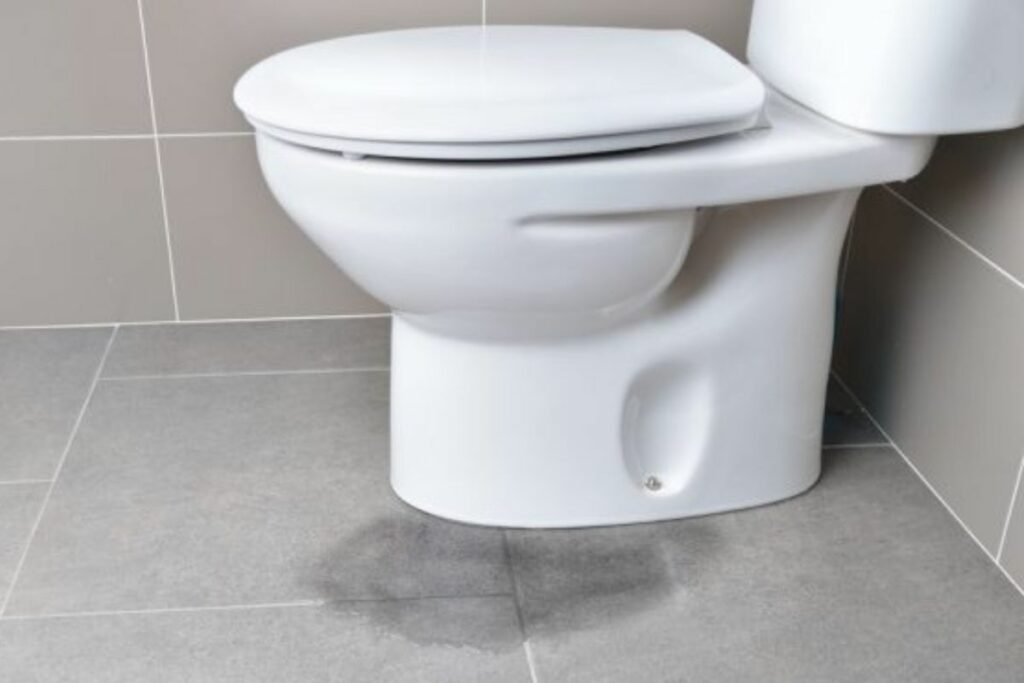
A toilet in optimal condition should not have mold growing at its base. However, if your toilet leaks around the bottom, it can create perfect conditions for the mold to grow and thrive.
How to Fix White Mold Problem in Your Toilet?
While mold in and around your toilet can be frustrating and scary, it is possible to control its growth using simple household ingredients. Here are a few remedies that will clear that white fungus from your toilet.
The Vinegar Method
Vinegar has been shown to kill as many as 85% of all mold species in your bathroom. Besides, vinegar is easily available and is completely natural. Here is how you clean mold damage using vinegar-
- Pour white vinegar into a spraying bottle. Do not dilute the vinegar; we want it to retain its acidic properties.
- Spray the vinegar directly over the fungal colonies that are visible.
- Wait for the vinegar to do its magic. It should take about 45 minutes to an hour for the acetic acid in the vinegar to kill the mold colonies.
- After an hour, wash all the surfaces with warm water and flush as usual.

Vinegar is also great at preventing mold from returning to your toilet bowl. If you don’t want the mold to return, spray the vinegar solution over areas more susceptible to fungal growth.
Bleach and Baking Soda to the Rescue
A combination of bleach and baking soda can get rid of white mold in your toilet. Here are step-wise instructions to get the job done-
- Mix a cup of baking soda, one tablespoon of dish wash detergent, and enough warm water to make a paste.
- In a spraying bottle, prepare a bleach solution by mixing one part of liquid chlorine bleach and two parts of water.
- Apply baking soda paste to the toilet seat’s visible mold growth. I like to use a popsicle stick as an applicator.
- Wait a few minutes and spray the bleach solution over the applied paste.
- Wait for the combination to react and leave it on for an hour.
- Rinse the bowl with warm water at the end of the hour, and your toilet should be mold-free!
- You can repeat the process till all the visible mold is removed.
How to Prevent White Mold from Returning?
The best way to deal with the white mold problem in your toilet is to prevent mold spores from settling and germinating. The following steps can help you prevent mold spores from growing in your bathroom-
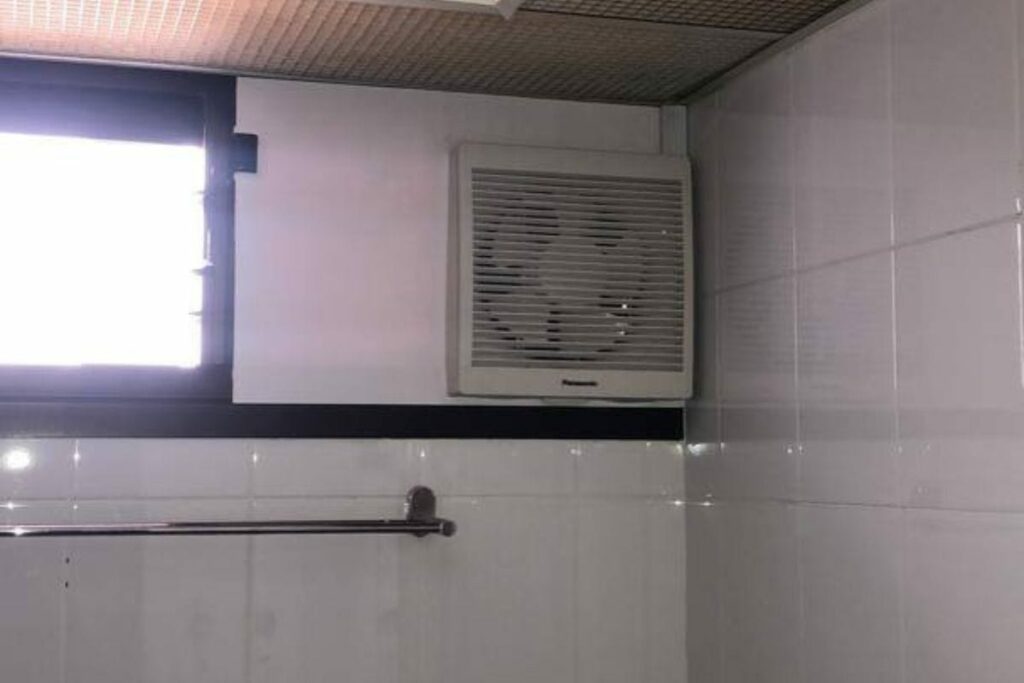
- Ensure that there is enough ventilation in your bathroom. If there is a window in your bathroom, crack it open to let the humidity out. If possible, put an exhaust fan that can drive all the steam out of your bathroom after that relaxing hot water shower.
- Never allow the waste to sit in the toilet bowl. Flush once you are done with your business!
- Clean your toilet thoroughly at least once a week.
- Add a quarter cup of vinegar to the toilet tank a couple of times a week.
- If you are not using a particular toilet in your home regularly, flush it at least once a day to prevent mold.
Frequently Asked Questions
Is white mold dangerous to health?
Mold release volatile organic compounds (VOCs) in the air that can cause health effects, especially if you have any allergy issues.
Can white mold spread to other parts of my home?
If the mold is left unmitigated, the mold spores can become airborne and spread to other parts of your home. Hence, cleaning the mold damage as soon as you spot it is crucial.
The Takeaway
A white mold problem in toilets is quite common in bathrooms nationwide. Thankfully, you can clean the mold using household items, as discussed above. Remember, it is always best to prevent the mold from growing in the first place rather than finding ways to clean it once the growth becomes visible.

Amos Christen graduated with a bachelor’s degree in Interior Design from Drexel University — Philadelphia, PA. Since 2003, Amos has worked with top interior design professionals in this area, including architects and interior/graphic/lighting designers. As a skilled interior designer, Amos Christen is highly versed in fine arts and crafts and uses that to supplement his main area of expertise. He often publishes articles related to home décor on several websites, including Sprucetoilets.com, Sprucebathroom.com, and Mybesuitedhome.com. He also contributes to leading interior design magazines.
